Return on Failure: Why Jeff Bezos Doesn’t Believe in Profit
Before getting to the why and the how, let’s start from the very beginning: In 1991, Jeff Bezos was burning the candle at both ends of the stick; his cabin, located on the high stories of a Manhattan skyscraper, included a makeshift bed that Bezos would, now and again, help himself to. To Bezos, the non-stop workday at DE Shaw, one of the most cutting-edge quant hedge funds on Wall Street, presented possibilities that any conservative, buttoned up Wall Street banker wouldn’t have been able to even conceive of.
As the fund’s head of investments in the very nascent internet space, Bezos had a ringside view of the earliest developments of Tech — particularly the spread of personal computing, Dial-Up Internet and their breakneck pace of adoption. Bezos’ deeply analytical and methodical approach to problem-solving, acquired during his undergraduate years at Princeton, was matched by his extremely outgoing personality and a relentless desire to make an impact faster than any 9-to-5 job could permit.
Witness to the blazing advance of the internet, and the dramatic ways in which it was poised to disrupt industries, Bezos soon realized that if there was ever a place that would match his pace of thinking, it had to reside somewhere in the World Wide Web; jolted by its possibilities, Bezos explored several business ideas. The one idea that didn’t let him sleep at night, however, was the Everything Store — a single and unified online bazaar where anyone, from any part of the world, could find and buy whatever they sought.
Bezos shared the idea with the founder of DE Shaw (David Elliot Shaw himself), expressing his desire to leave the company, and pursue the idea full-time. At DE Shaw, Bezos was considered one of the fund’s most promising employees — with a secure job and a salary that was typical of Wall Street overachievers. With a family to look after, Bezos had to contend with the decision to forego a stable and lucrative future for an idea that was yet to be proven right.
“He [My Boss] convinced me to think about it for 48 hours before making a final decision,” said Bezos in an interview.
The Regret Minimization Framework
It was in those intervening 48 hours that Bezos came up with a framework to make the decision. Bezos calls it The Regret Minimization Framework — a framework that guides Amazon’s decisions to this day. For Bezos, the Regret Minimization Framework was the process of making life decisions that could not be made rationally or objectively.
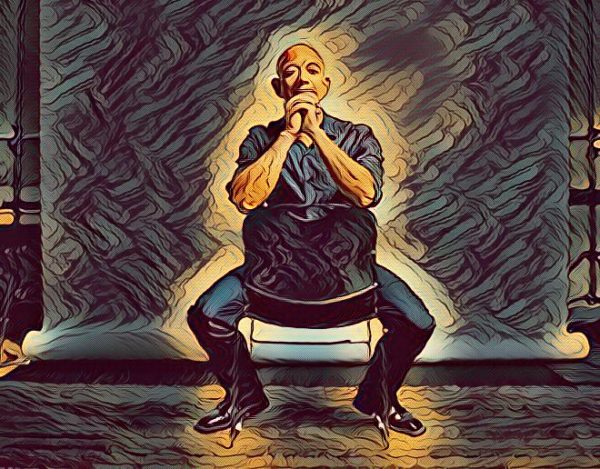
Jeff Bezos built a Regret Minimization Framework to make life decisions that could not be made rationally or objectively.
“I wanted to project myself forward to age 80 and say, ‘Okay, now I’m looking back on my life. I want to have minimized the number of regrets I have’…I knew that when I was 80, I was not going to regret having tried this. I was not going to regret trying to participate in this thing called the Internet that I thought was going to be a really big deal. I knew that if I failed I wouldn’t regret that, but I knew the one thing I might regret is not ever having tried. I knew that that would haunt me every day, and so, when I thought about it that way, it was an incredibly easy decision.”
That was in 1991. We are in the year 2017; Amazon is now a $500 Billion company, and Jeff Bezos is one of the richest people in the world.
At Amazon, ROF (Return on Failure) is more valuable than ROI
The one thing that distinguishes Amazon from other companies is that at Amazon, it’s never business as usual. Amazon, in the public eye, isn’t really a tech company — at least not in the sense that Google or Facebook are; in the popular imagination, Amazon is a colossal retailer with warehouses as big as townships and a cosmically large logistics network that can deliver a fresh concoction of arabica from the most remote coffee plantation in Ethiopia in less than 24 hours.
And yet, most of its customers would be unaware that Amazon’s real forte lies in experimentation — relentless and pathological experimentation executed with an almost thuggish disregard for their shareholders’ sentiments. This fanatical drive for experimentation has led Bezos, and his army of growth multipliers, to throw their weight behind ideas that seemed too promising to refrain from. Whether it’s the Amazon Echo, misadventures with the Fire Phone, the ill-fated Amazon Web Store, or the market monopolization by Amazon Web Services (AWS), it’s almost as if Amazon’s raison d’être is to resist any and all impulses to slide into the humdrum of corporate life.
“To invent you have to experiment, and if you know in advance that it’s going to work, it’s not an experiment. Most large organizations embrace the idea of invention, but are not willing to suffer the string of failed experiments necessary to get there,” wrote Jeff Bezos in a letter to shareholders.
Indeed, while Amazon’s experiments have yielded such innovations as the Kindle, Amazon Web Services, the Amazon Marketplace, there is, arguably, no other Fortune 500 company that has failed as often as Amazon has. Amazon’s disaster list is compendious: the Amazon Web Store (the eCommerce platform that was launched to compete with Shopify); the $170 Million write-down that Amazon had to take in order to account for its Fire Phone’s unsold inventory, after the phone received a dismal reception; the quick end of WebPay, Amazon’s answer to PayPal; Amazon Destinations, its hotel booking service; Living Social, which was supposed to take on Groupon — this is just the beginning of the list.
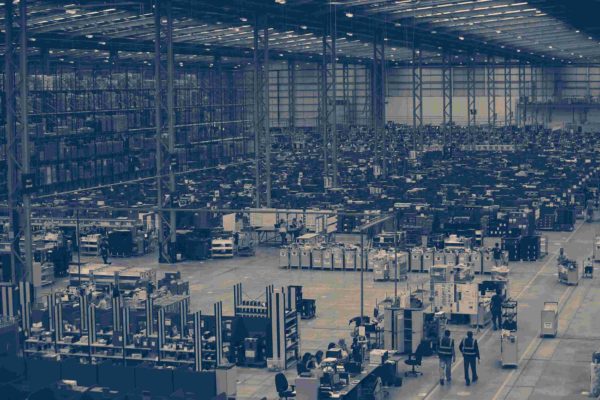
The one thing that distinguishes Amazon from other companies is that at Amazon, it’s never business as usual.
How Does Amazon Afford Failure?
In 2016, Amazon registered a 27% rise in annual revenue, overtaking its bric-and-mortal rival Costco for the first time. At $135.99 Billion, Amazon’s annual revenue was hailed by jubilant investors. Curiously enough, its net income or profit stood at $2.371 Billion, a mere fraction of its sales.
Let’s try to plot the strange irony in these figures:
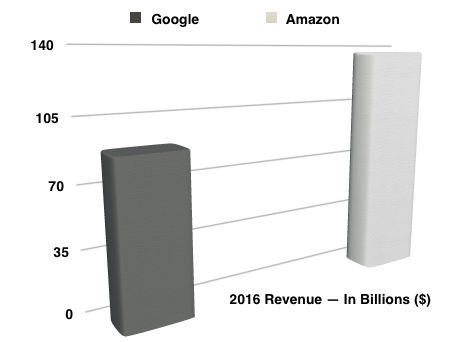
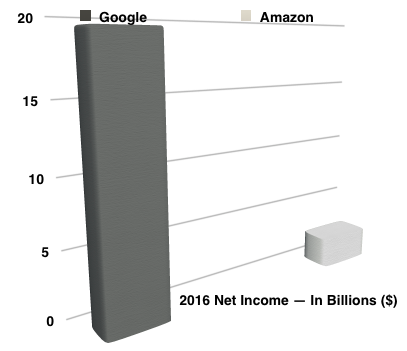
That’s right; Amazon’s sales is over 1.5 X Google’ sales, yet it makes slightly over one-tenth of Google’s profits.
And yet, Amazon’s piddling net income in 2016 was a cause for celebrations among its legions of believers, who have shown a history of exempting Bezos from the punishing expectations that keep most other CEOs up at night. In fact, the $2.371 Billion was actually Amazon’s career best; over the last 10 years, the company’s net income has, for the most part, remained under $1 Billion, and has even gone red — with losses reported in 2012 and 2014. Even the bump in 2016 can be explained by the rapid and astonishing success of Amazon Web Service (AWS), which isn’t even Amazon’s core business.
The question that is central to Amazon’s story is — Why are Amazon’s profits so abnormally low when its sales are so high?
Many analysts have suggested that Amazon’s ambitions of making each and every good easily available to its customers and, at the lowest price possible, forces the company to run its retail operations at very low margins. That may well be the case; but, as this partner at VC fund Andreessen Horowitz suggests, a large chunk of Amazon’s revenue is actually reinvested in its vast laboratory of experiments.
It can be said, although not without the risk of controversy, that Amazon is really a Fortune 500 Company that functions like a startup. Instead of reaping the mighty returns that come from having what is virtually a monopoly, Bezos chooses to burn through Amazon’s cash at the altar of experimentation.
Even if — some might argue — such a level of burn might pose an existential risk to the company. That’s a perfectly rational conclusion, but it’s also one that has been proven wrong over and over again. Indeed, there is a running list of the most prescient and formidable Wall Street analysts who have tarnished their reputations by casting ominous warnings about Amazon’s business model, and asking investors to dump their stock. That’s because more often than not, Bezos beats the market and proves most everyone wrong.
How Bezos Proves Skeptics Wrong, Almost Every Time
“Our ultimate financial measure is free cash flow…”
— Jeff Bezos in a letter to Amazon shareholders, 2004
More than once have accountants said that Jeff Bezos ruined financial statements — strong words, particularly for accountants. But they have good reasons to complain.
If Amazon’s net income posed hard questions about the company’s future, its cash flow paints a radically different picture (Cash flow, as the terminology might suggest, is the amount of money that a company has in hand at a given stretch of time). Indeed, it’s hard to imagine that a company that spends so much money would have such a robust cash flow.
Just consider Amazon’s free cash flow in comparison with its net income:

Put simply, this overwhelming difference between Amazon’s Net Income and Free Cash Flow doesn’t make sense. How can a company have such a positive cash flow when its net income is so little in comparison?
And here, we come to the heart of the matter. Trying to solve Amazon’s Cash Flow riddle is the key to understanding Bezos’ ingenuity.
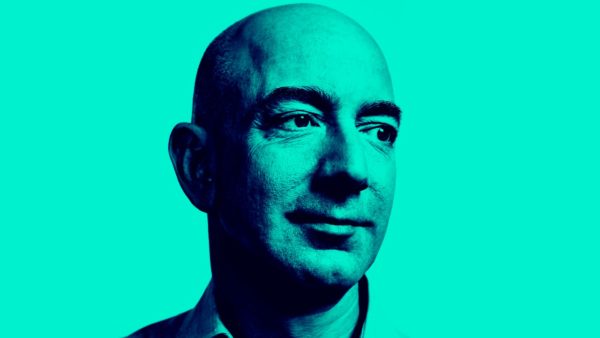
In 2015, Amazon had 304 Million user accounts. Anything between 300 and 600 orders are placed on Amazon every second.
Now consider this:
Remember that Ethiopian arabica we had talked about earlier? Let’s assume you ordered a 16-ounce-bag of those beans for $22. Amazon gets those $22 the second you place the order. But that zany coffee company in Ethiopia — they won’t see their share for approximately another three months. While Amazon is paid instantly, it doesn’t pay its suppliers their share for 11 weeks, according to this 2013 report on Seeking Alpha. 11 weeks is close to 2.75 months. And three months is one financial quarter. Those are awfully generous Payment Terms.
The key to unlocking the mystery of Amazon’s Cash Flow is understanding the precise definition of Cash Flow, and how its definition is to Amazon’s competitive advantage.
Cash Flow and Net Income aren’t all that different. Both take into account revenue or money coming in, and expenditure or money going out. Where they differ is in the timing; Net Income is updated as soon as an agreement is reached between two business parties. In the case of the Ethiopian coffee, Amazon’s Net Income will take into account the money that it receives from you — the buyer — and, more importantly, the money that it now owes to the supplier, even though it isn’t supposed to pay this supplier for another 11 weeks.
[cta id = “contactussavings”]
On the other hand, Cash Flow is updated when — and only when — money actually changes hands. In other words, so far as the Ethiopian coffee goes, Amazon’s cash flow is a positive $22 at the time it receives your order; the money it owes the supplier is money owed — not paid — and, hence, cash flow will not account for money owed to the supplier till the time such money is actually paid to the supplier.
In 2015, Amazon had 304 Million user accounts. Anything between 300 and 600 orders are placed on Amazon every second. Just think about the sheer number of orders that are placed every financial quarter. And then think about how that affects Amazon’s Cash Flow.
That’s when it all begins to make sense.
